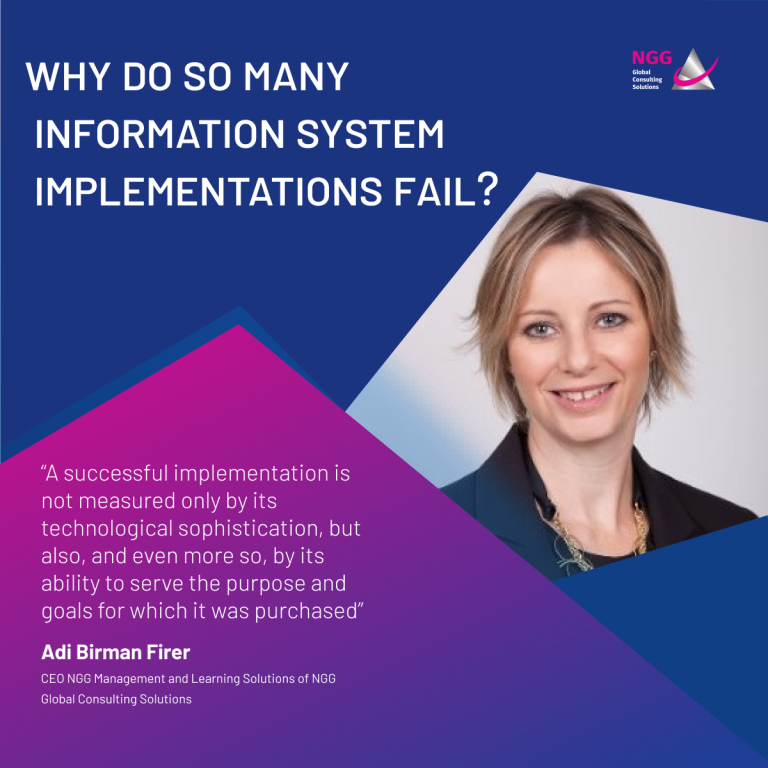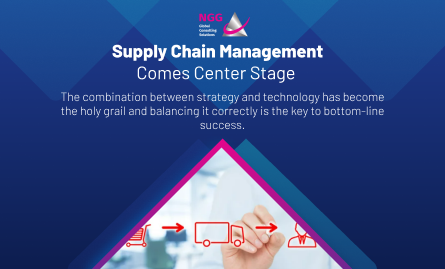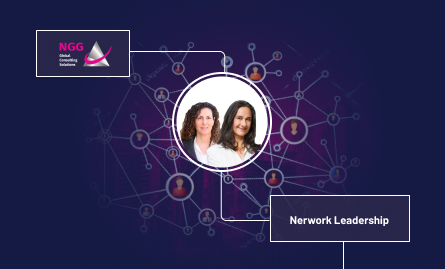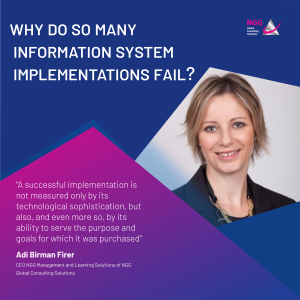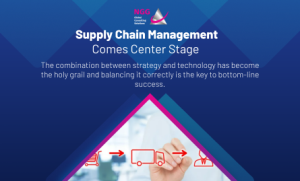Today’s organizations must consider all of their partners – including their customers and employees. Nili Goldfein, CEO at NGG Global Learning Solutions, believes that business leaders must study these intricate relations, separate the wheat from the chaff and focus on what’s most important
Sophisticated organizations that want to engage employees of all generations, so that they are passionate about their work, will formulate their vision and values and plan all of their business strategies accordingly. When it is clear what a company does and where it is going, its leaders can pinpoint its partners. Organizations do not operate in a void. In the world of open systems, everything is intertwined. In most cases, a company’s classic partners are its customers, investors and stakeholders, suppliers and employees.
A clear and accurate organization must properly define:
- Who it targets (and who it doesn’t)
- How it target them
- When
In the post-modern world, all organizational interfaces are extremely complex. Competitors have become potential partners for development and distribution; employees may organize themselves and purchase the company that they work for by becoming stockowners; suppliers control the underbelly of the business (procurement, IT, quality control, etc.), and more.
Organizational leaders must have a clear view of these complex interactions and relations and address them directly. Who is the customer? How do we define our customers? How do we communicate with our customers in a rapidly changing technological world? How will these definitions (multi-channel strategy) impact the decisions that we make about changing the organization and preparing it for the future (which is already here)?
The concept of Customer Centricity must guide all organizational leaders and must draw in the entire organization. Separating the wheat from the chaff, willingness to “kill” certain development projects in order to save others, deciding not to target a market though it seems promising in the long term in order to focus on a market that is less promising but will bring better results in the short terms – these decisions require courage!
A business leader recently told me that he instills the term “fearless leader” into his managers. When they asked why he uses the negative term “fearless” as opposed to “courageous” which is positive, he answered that leaders who do not experience fear are obviously not taking enough risks. He wants the leaders in his company to be daring, to make breakthroughs, to fail, to look fear straight in the eye and take the risk nevertheless.
A tip for business leaders: In the sea of opportunities that globalization and technology have created, always focus on targeting the right customer or market and on reaching this market. The world is changing before our eyes but most organizations do not respond fast enough with creative, out-of-the-box ideas. Eliminate old roles and businesses, embrace innovation and ground-breaking thinking, adopt new technologies, and most important – fear nothing!
Remember that leaders most overcome their fear of change and lead their employees in the right direction.
Keep in mind that a sense of humor is an excellent management and leadership tool. Children’s videos, and films in general, often incorporate many meaningful statements that add an extra twist. This clip from the film Kung-Fo Panda is an example of how we can avoid taking ourselves too seriously.
Video clip about clarity and customer centricity:
